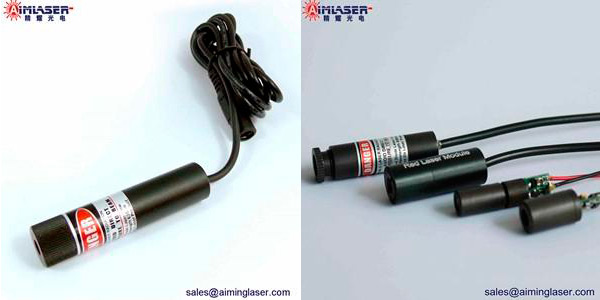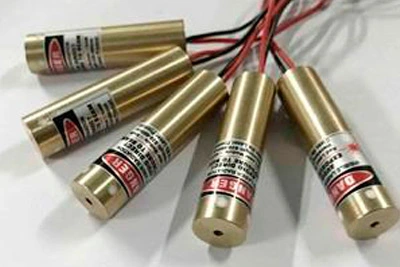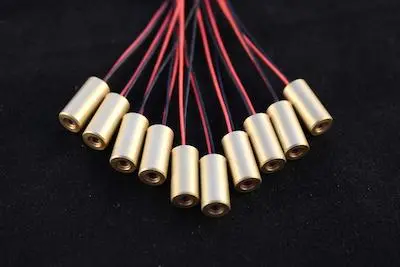Laser is a kind of light that does not exist in nature and is emitted due to excitation. It has the characteristics of good directionality, high brightness, good monochromaticity and good coherence.
The generation of laser diode needs to satisfy three conditions: population inversion, resonator feedback and threshold condition. Through stimulated absorption, the number of particles at high energy levels is greater than that at low energy levels (number inversion), and parallel reflective surfaces that can reflect photons need to be fabricated at both ends of the active region to form a resonant cavity and make the The gain is greater than the loss, that is, the number of photons newly generated at the same time is greater than the number of photons absorbed by scattering. Only when these three conditions are met, it is possible to generate laser light.

First, good directionality. Ordinary light sources (sun, incandescent or fluorescent lamps) emit light in all directions, while the light-emitting direction of the laser can be limited to a solid angle of less than a few milliradians, which increases the illuminance in the irradiation direction by ten million times. The diffusion diameter of the laser is less than 1 meter per 200 kilometers. If it hits the moon at a distance of 3.8 × 105 kilometers from the earth, the beam spreads less than 2 kilometers, while ordinary searchlights spread to tens of meters a few kilometers away. Laser collimation, guidance and ranging is to take advantage of this feature of good directionality.
Second, high brightness. Laser is the brightest light source in contemporary times, only the strong flash at the moment of the explosion of the hydrogen bomb can compare with it. The brightness of sunlight is about 1.865×109cd/m², and the output brightness of a high-power laser can be 7 to 14 orders of magnitude higher than that of sunlight. Although the total energy of the laser is not necessarily very large, due to the high concentration of energy, it is easy to generate high pressure and high temperature of tens of thousands or even millions of degrees Celsius at a tiny point. Practical applications such as laser drilling, cutting, welding and laser surgery take advantage of this property.
Third, good monochromaticity. Light is an electromagnetic wave. The color of light depends on its wavelength. The light emitted by ordinary light sources usually contains various wavelengths and is a mixture of various colors of light. Sunlight includes visible light in seven colors of red, yellow, yellow, green, cyan, blue, and purple, as well as invisible light such as infrared light and ultraviolet light. The wavelength of a certain laser is only concentrated in a very narrow spectral band or frequency range. For example, the wavelength of the helium-neon laser is 632.8 nanometers, and its wavelength variation range is less than one ten-thousandth of a nanometer. The good monochromaticity of the laser provides a very favorable means for scientific experiments such as precise instrument measurement and excitation of certain chemical reactions.
Four, good coherence. Interference is a property of wave phenomena. Based on the characteristics of high directivity and high monochromaticity of laser light, it is bound to be light with excellent coherence. This property of lasers makes holography a reality.

